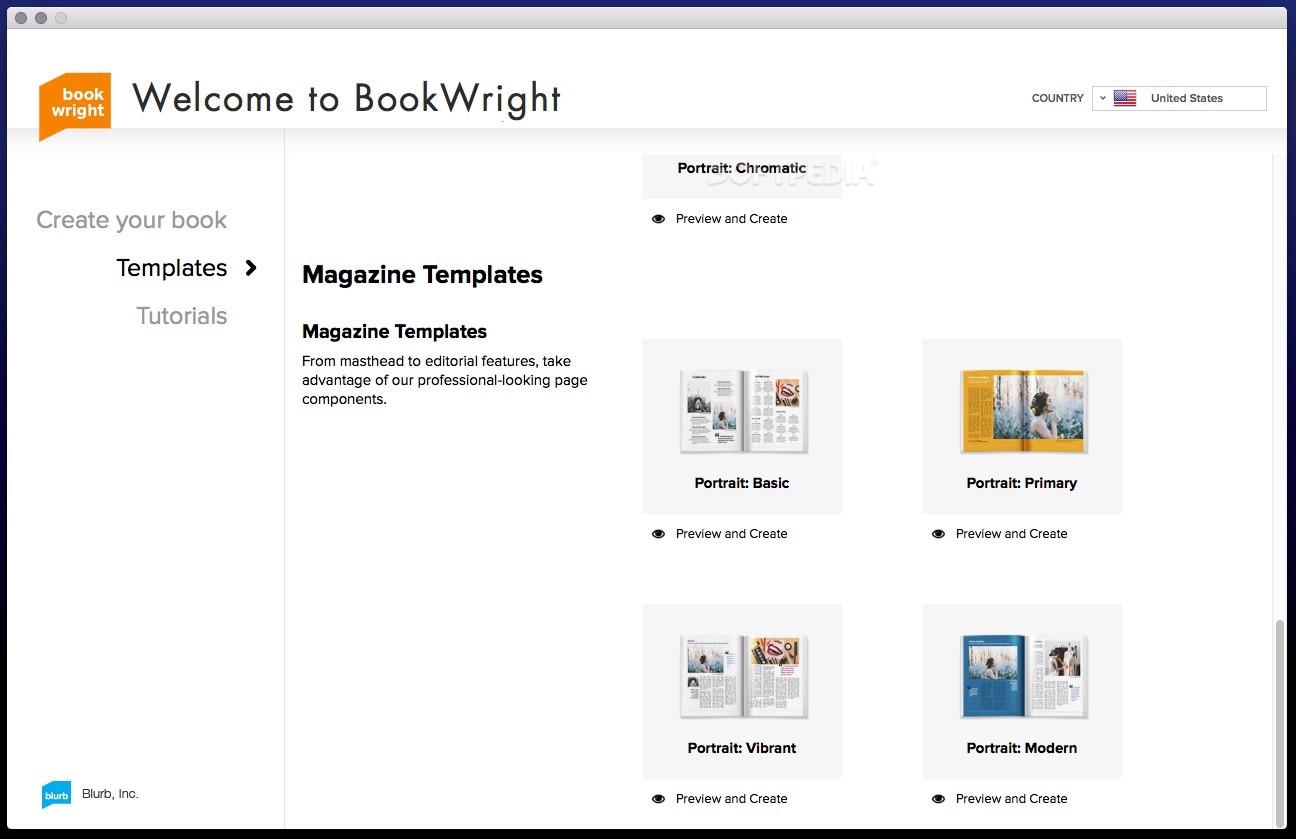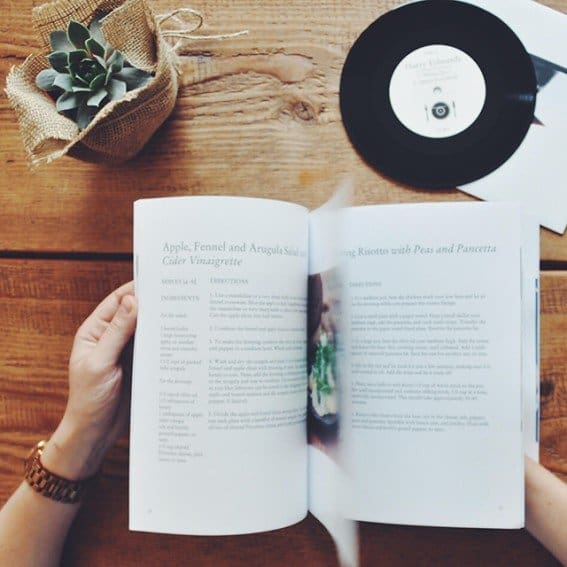

I then treat each half as a separate image. When I do a two page spread I usually split the image in two, allowing about a 3% overlap which gets lost in the binding.

One thing you need to consider is that you lose some of the centre of the image in the book binding area.
Bookwright software full#
Note, though, that the width still isn't enough for a two page spread (26 in) but it doesn't miss by much and if you spread the image to the full width you'll only drop the resolution to say 220ppi, which should still be OK. If you stay at or below that limit, Bookwright will be happy. The pop up window indicates that the image frame needed from for the D750's 6016 x 4016 is 24.1 in x 16.1 in at 250ppi. If you hover the mouse over the thumbnail of the imported image, the pop up window tells you the size of the image frame that the image needs at 250ppi (which seems to be Bookwright's default resolution - if you drop below this, Bookwright will flag an error). The D750 has an image size of 6016 x 4016 pixels so I imported an image of these dimensions into Bookwright. Well, as I mentioned I'm more familiar with Booksmart and I've only played around with Bookwright briefly - so this may or may not help. If I were to use the D750's full frame 24megapixel sensor, how would that increase in sensor size AND file size in megapixels change the situation? The D300's 12 megapixel sensor is an APS format. This also leaves me wanting to know more about what aspect of print quality/size is affected by the size of image files/the size of the JPEGs used by the online book making companies, and the the size of the camera sensor. Thanks to all of you for clarifying the limitations of my equipment vs. There are ways to increase the pixel count of a file but since any such process has to invent information that isn't really there, it's hard to get good results.
Bookwright software software#
This is probably what the software is barking about. If you blow the image up to 26" X 22", you will end up with 130 ppi, which will look a bit rough. The normal standard for high-quality printing is 300 ppi that comes out to 14.5" X 9.5".

The JPG file size has nothing to do with it.Ī D300 has a 12 megapixel sensor with pixel dimensions of 4288 X 2848.

You are limited by the D300's resolution. The BookWright application always gives me warning signals that my landscape format JPEG files, the largest of which are about 12MB won't print at high quality for a full bleed double page size - that is about 26" by 22" when the book is open.īetter yet, which processing app will give me the ability to choose the size of the various kinds of files I want to make from my RAW files? The BookWright software says it won't use image files larger than 15 MB so I assume that size will be big enough for the full bleed double page layout. Or, what size RAW files do I need to start with to be able to convert to JPEG files of at least a 15 MB size?īetter yet, which processing app will give me the ability to choose the size of the various kinds of files I want to make from my RAW files? Will larger JPEG files solve this problem? If so, how can I make larger JPEG files from my RAW files? What app/software will do that for me? The BookWright application always gives me warning signals that my landscape format JPEG files, the largest of which are about 12MB won't print at high quality for a full bleed double page size - that is about 26" by 22" when the book is open. The BookWright software says it won't use image files larger than 15 MB so I assume that size will be big enough for the full bleed double page layout. My JPEG files, generated by iPhoto '08, are about 5 megabytes up to about 12 MB. I'm finding, as I make my first photobook (using Blurb's BookWright), that the JPEG files created in iPhoto '08's Export window, from my Nikon D300 RAW files, are not large enough to allow me to choose full bleed double page spreads for 13" by 11" size pages.


 0 kommentar(er)
0 kommentar(er)
